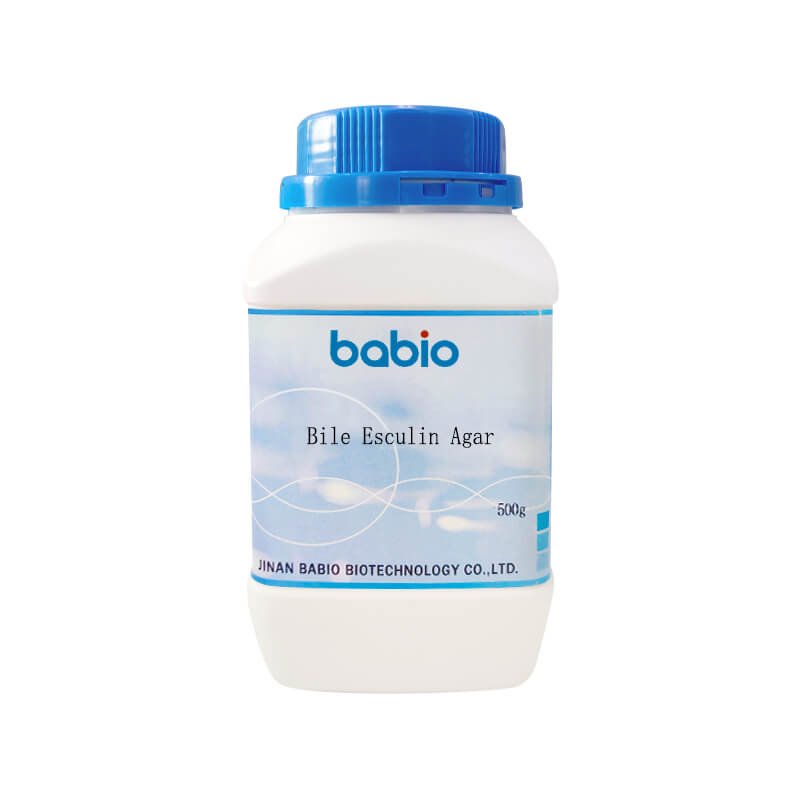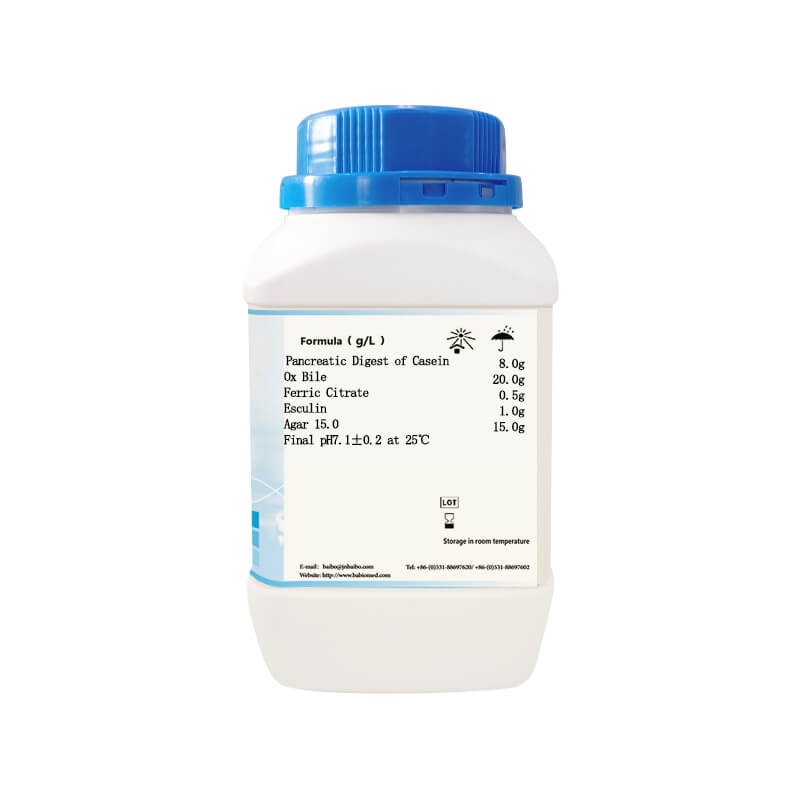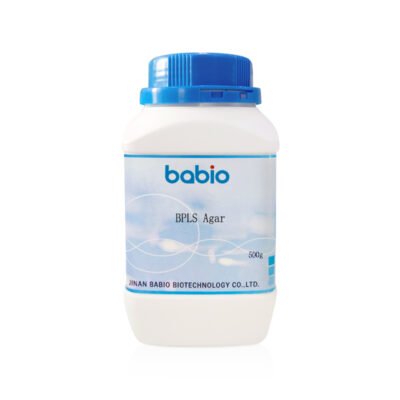Description
Bile Esculin Agar is a specialized differential culture medium designed for microbiological laboratories. It effectively differentiates enterococci and the Streptococcus bovis group from other streptococci. This essential medium plays a crucial role in microbiological assays, allowing for precise identification of these important gram-positive bacteria.
Key Features
- Formulation: The medium consists of 8.0 g/L pancreatic digest of casein, 20.0 g/L ox bile, 0.5 g/L ferric citrate, 1.0 g/L esculin, and 15.0 g/L agar. This combination achieves a final pH of 7.1 ± 0.2 at 25°C. Notably, it enhances the growth of target organisms while inhibiting others.
- Principle of Action: Enterococci and certain streptococci can hydrolyze esculin into esculetin and dextrose. The produced esculetin reacts with ferric citrate in the medium, forming a dark brown or black complex. This indicates positive esculin hydrolysis, serving as a reliable marker for identifying enterococci and Streptococcus bovis.
- Appearance: The dehydrated medium is a free-flowing yellowish powder. When prepared, it forms a yellowish transparent gel that is user-friendly in laboratory settings.
Directions for Use
To prepare Bile Esculin Agar, follow these steps:
- Suspend 44.5 g of the medium in one liter of deionized or distilled water.
- Mix thoroughly and heat with frequent agitation, boiling for 1 minute.
- Dispense the mixture into tubes or flasks.
- Sterilize in an autoclave at 121°C (15 lbs) for 15 minutes.
Quality Control
After incubation at 35-37°C for 18-48 hours, the cultural characteristics should confirm the presence of enterococci or Streptococcus bovis through the observable color change.
Storage and Shelf Life
Store Bile Esculin Agar tightly capped in its original container at 5-30°C. The dehydrated medium has a shelf life of three years from the manufacturing date. Prepared media should be kept out of direct light at 2-8°C to maintain effectiveness.

Bile Esculin Agar, essential for differentiating enterococci and Streptococcus bovis in microbiological studies
Visit our [Food Hygiene Detection Series] for more related products.
For more information on microbial culture media, check out the [Wikipedia page on Culture Media]




-1-400x400.jpg)
-1-400x400.jpg)

Reviews
There are no reviews yet.